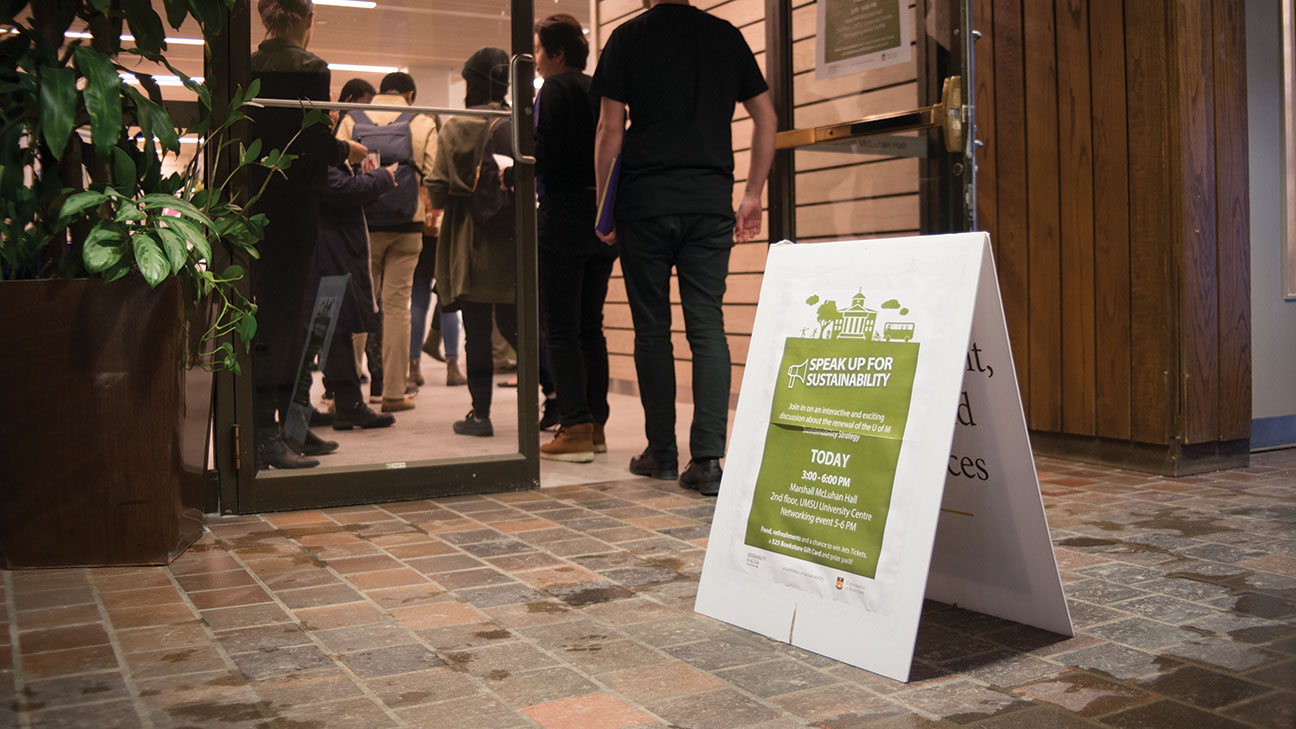Mr. Wright was dying of cancer. Confined to his hospital bed, large tumors invaded much of his body. His prognosis was bleak — to say the least — yet he had not given up hope. Despite his doctor’s cautious reservation, Mr. Wright was convinced that a new drug called Krebiozen would be the key to his recovery. To everyone’s amazement, after receiving a mere 13 days of treatment with the new drug, the tumors had shrunk by an astonishing amount and he was happily discharged from the hospital shortly thereafter.
Two months later, Mr. Wright was back in the hospital with tumors fully regrown, after learning of media reports that questioned the effectiveness of Krebiozen. This time, his doctors decided to give him a “placebo” (or sham treatment) and convinced him that he was receiving a new and improved version of the drug which was sure to work. His tumors shrunk rapidly and he was discharged once again.
Another two months went by before Mr. Wright learned of the recent studies which proved Krebiozen to be completely worthless and ineffective. He died several days later.
Now, it may seem that the case of Mr. Wright (reported in Dr. Bruno Klopfer’s “Psychological variables in Human Cancer” in 1957) is an extreme example of the power of the placebo. Though this might be true, the case should at least cause us to consider that the mind’s effects on the body are potentially a lot more impressive than we previously thought.
The healing effects of placebo treatments (which include sugar pills, saline injections and even sham surgeries) have been demonstrated in a wide range of medical ailments, from chronic pain and allergies to Parkinson’s disease and cancer.
For instance, if you were a 1950s angina sufferer, your doctor might have recommended a new and highly effective surgical treatment to relieve the severe and potentially debilitating chest pain associated with this condition. Over 10,000 patients underwent surgery to tie off the internal mammary artery, and over 90 per cent reported significant improvement and reduction of painful symptoms immediately afterwards. However, some doctors remained skeptical. They decided to do “sham surgery” on angina patients and look at the effects. The sham surgery followed all of the usual procedures and preparations of real surgery (scrubbing in, preparing the area with iodine, anesthetizing the patient, etc), except that surgeons simply cut open the chest and then sewed it back up again. As reported in the New England Journal of Medicine in 1959, the sham surgery patients reported just as much pain relief as the real surgery patients. It was the placebo effect all along.
Similar sham surgeries have given patients effective relief from the pain associated with severe osteoarthritis of the knee, as well as from some of the symptoms of Parkinson’s disease, both with long-lasting effects.
These findings raise some questions as to what it is that makes medical procedures effective. How much of medical science’s current success should we credit to the placebo effect?
While we know that the placebo is a genuine and robust effect, less is known about how it actually, physically, works. Scientists are working hard on this question, and have come up with a few preliminary ideas.
First of all, it is generally accepted that subconscious cues may be at play. For instance, psychologists believe that treatments administered by doctors in white lab coats are more effective than those administered by plain-clothed doctors. A review of the literature published in the British Medical Journal in 1996 reported that blue pills are more effective than red pills if they are supposed to induce sleep, but the opposite is true if they are supposed to increase stimulation (as with anti-depressants). More expensive, brand name drugs also tend to be more effective for a variety of ailments than cheaper generic drugs.
In at least some cases, the placebo effect may be the result of simple conditioning. For example, if receiving prescription medication has often been associated with feeling better, then that same scenario (watching the doctor in their white coat write out the prescription, going to the pharmacy to get it filled, actually taking the pills, etc.) can result in feeling better, even if you’ve just been prescribed a sugar pill. This, of course, does little to explain cases of improvement following sham surgery, and does not describe the specifics of how the effect happens in the body.
A study published in the Journal of Neuroscience last year indicated that genetic factors may be responsible for determining susceptibility to the placebo effect. In the study, placebo treatments for social phobia were only effective for individuals with specific genetic markers. This study also found that in both the treatment and placebo group, anxiety reduction was associated with decreased activity in an area of the brain known as the amygdala, meaning that both placebo and real treatments acted on the brain in the same way.
Other types of placebos — namely, those which work to decrease pain — may operate via the brain’s prefrontal cortex, which is an area associated with conscious attention. A study conducted at the University of Michigan by Dr. Tor Wager gave experimental participants a painful electric shock (as scientists seem to love to do). First, however, the researchers applied a “pain reducing” cream (really a placebo) to some participants but not to others. Not only did the placebo group experience less pain than the other group, but they also showed increased activation of the prefrontal cortex.
The trouble with this research is the apparent lack of any practical implications. Since deception is necessary for the placebo to work (ie., patients can’t be told they are receiving a placebo but must believe they are receiving bona fide treatment), the patient’s right to medical information has to be subverted. While it is unlikely that we’ll give up the right to informed consent in order to undergo sham treatments, the research on the placebo effect will probably not be limited to helping decide what color we should dye our medications.
Knowledge of the placebo effect gives us an important understanding of the astonishing effects that the mind can have on the body. This knowledge is already being put to practical use, as when cognitive therapies that teach clients how to alter thought patterns are used to treat physical ailments such as irritable bowel syndrome and chronic pain. Knowing how the mind can affect our physical well-being provides one more avenue through which we can achieve physical health, and for conditions such as chronic pain that consistently stymie traditional medical treatments, this is very significant indeed.




